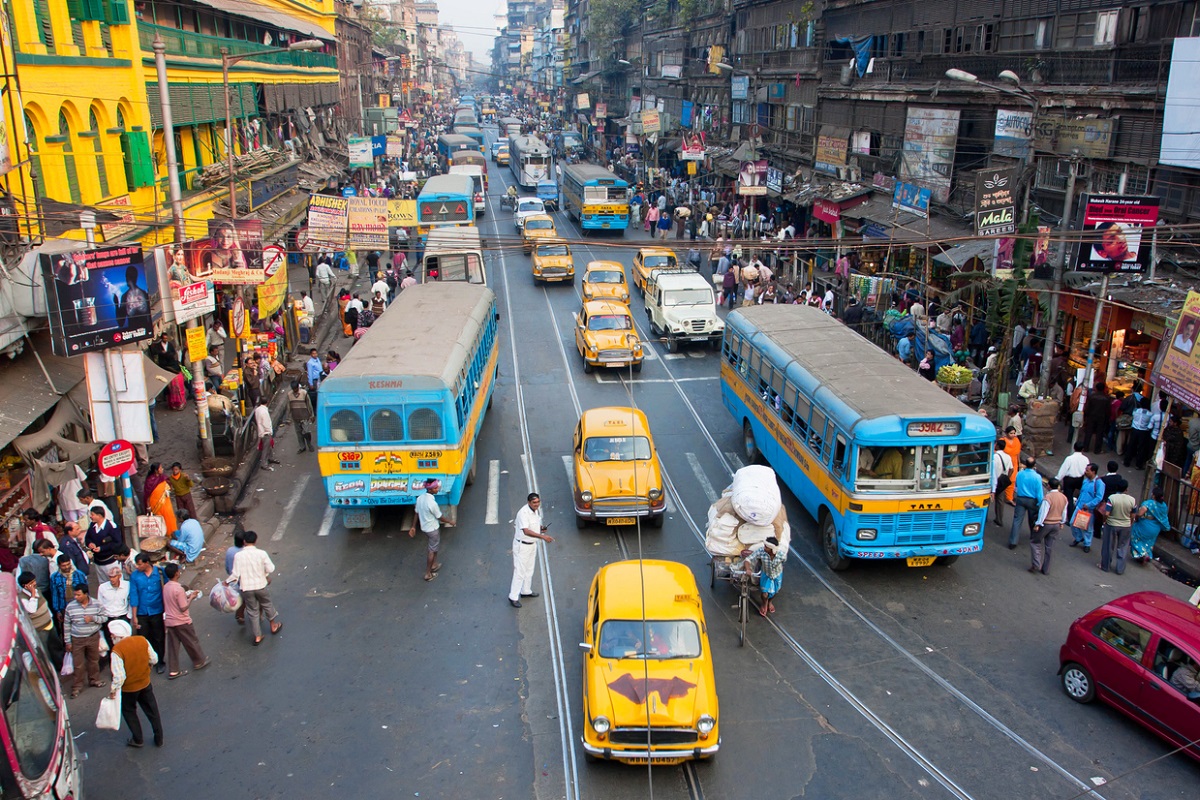Roar Of Ruslaan India Tour starts on April 17, team to visit 7 cities in 7 days
The film’s team is planning to be everywhere to meet fans in person as they will visit seven cities in seven days.
It is cause for alarm that several tonnes of plastic had to be segregated from the muck when cleaning of the drains began.

The ground reality didn’t quite bear out the Mayor’s proud boast. (Representational Image: iStock)
Three months before the monsoon officially sets in, ~ the first week of June ~ Kolkata had a foretaste of the mire in store with the unseasonal and heavy rain in the last week of February. The pleasurable extension of the all-too-brief winter had its flip side as well. For the better part of Thursday, a vast swathe of the city was waterlogged and for all the modern equipment now at its disposal, the antiquated sewage system palpably failed to cope with the rainfall that, going by Mayor Firhad Hakim’s reckoning, was more than the daily average during the peak of the monsoon. The ground reality didn’t quite bear out the Mayor’s proud boast that “we are prepared for the monsoon”. No, the city isn’t if the waterlogging from Cossipore in the north to Joka in the south-west is any indication. Mr Hakim may have hit the bull’s eye with the cavil that plastic has clogged the drainage network across the city. But does it not devolve on the Kolkata Municipal Corporation to initiate remedial action? An anti-plastic drive near residential complexes and markets is imperative and urgently so. So acute is the menace that a social club has banned plastic packaging, using paper bags instead.
It is cause for alarm that several tonnes of plastic had to be segregated from the muck when cleaning of the drains began. In the net, the woes of the week recalled memories of the annual malaise of urban flooding. For all the talk of urban renewal in the name of Jawaharlal Nehru, it is in point of fact the urban regression that plagues the city. Admittedly, the crisis was exacerbated by the high tide, but unavoidable must be the natural phenomenon. The fact remains that conservancy workers could scarcely function because of the flooded roads and drains.
The drainage system needs to be checked and repaired at regular intervals. The foundational structure underground dates back to the late 19th century in all if not most areas of the city. The Mayor has expressed the hope that “unless there is above normal rainfall, we hope there will be no waterlogging this monsoon”. The obvious inference must be that extensive areas of the city will be flooded should the rainfall be “above normal”. The short point being that Kolkata is not prepared for what meteorologists would call a “good monsoon” that will benefit the farmer.
Advertisement
Not wholly unrelated is what has been referred to as “Crater Kolkata”. The unseasonal and almost incessant rain ~ not to forget the hailstorm ~ has thrown up the danger of potholes, now virtually endemic. With vehicles finding it increasingly difficult to pick paths, the risk of yet more accidents is dangerously real. Whether the task devolves on the KMC (drainage and waterlogging) or the PWD (maintenance of roads), both entities will be on test during the monsoon ahead. The outlook doesn’t inspire confidence.
Advertisement